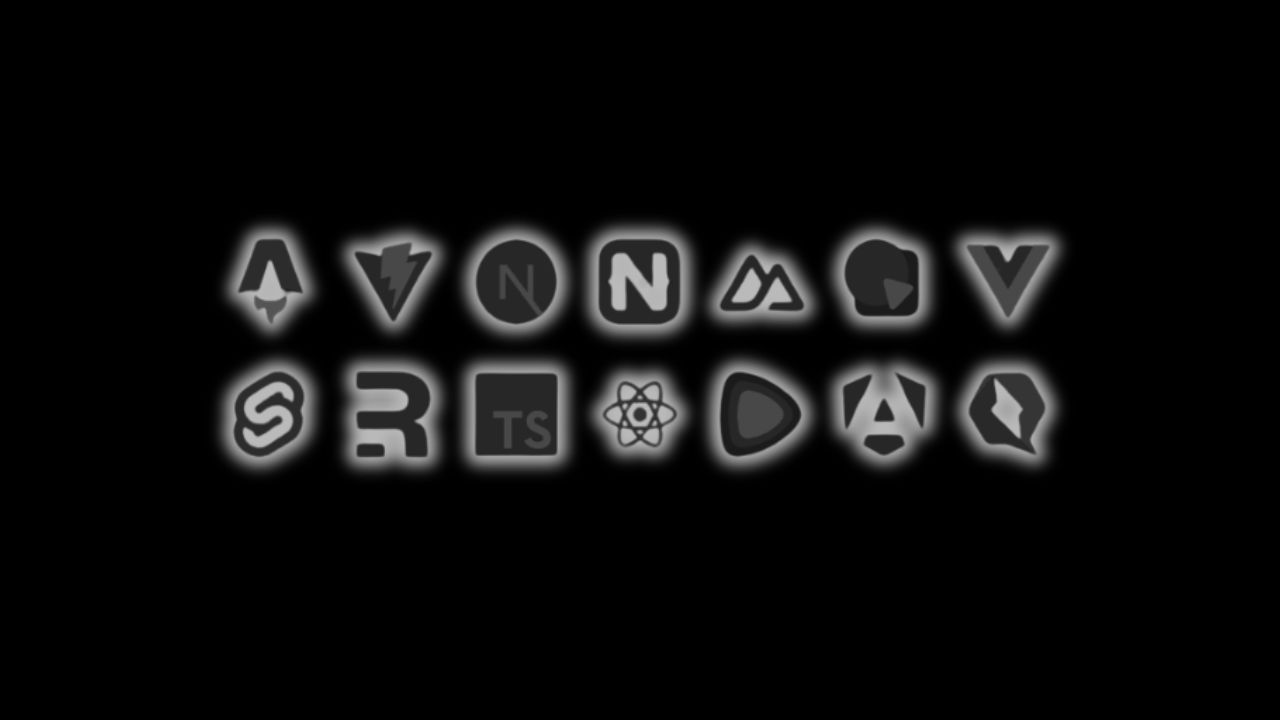Bolt New Tech Stack Guide
Your comprehensive guide to modern web technology stacks. Compare frameworks, build tools, and databases to create the perfect stack for your next project.

How to Choose the Right Tech Stack in 2025
Choosing the right tech stack is crucial for the success of any web development project. The perfect stack balances performance, developer experience, and business requirements. This guide will help you navigate the complex landscape of modern web technologies to make informed decisions for your next project.
Key Considerations When Selecting a Tech Stack
- Project Requirements - Consider scalability, performance needs, and business objectives
- Team Expertise - Leverage your team's existing knowledge or plan for reasonable learning curves
- Development Speed - Some stacks prioritize rapid development over ultimate performance
- Long-term Maintenance - Consider community support, documentation, and long-term viability
- Scalability - Your stack should grow with your application's needs
Frontend Frameworks Comparison
React
A JavaScript library for building user interfaces with a vast ecosystem
Best for: SPAs and complex UIs with robust ecosystem needs
Vue.js
Progressive JavaScript framework for building modern web interfaces
Best for: Interactive web interfaces with balanced complexity
Next.js
The React framework for production with server-side capabilities
Best for: Production-ready React applications with SEO requirements
Nuxt.js
The intuitive Vue framework with server capabilities
Best for: Vue.js applications needing SSR and structured development
Svelte
Cybernetically enhanced web apps with a compiler-based approach
Best for: High-performance SPAs with minimal JavaScript
Angular
Enterprise-ready framework with comprehensive tooling
Best for: Large-scale enterprise applications with complex requirements
Astro
Build faster websites with less client-side JavaScript
Best for: Content-heavy websites with minimal interactivity needs
SolidJS
Simple and performant reactivity for modern web apps
Best for: High-performance UI applications with React-like DX
Recommended Tech Stack Combinations
Modern JavaScript Stack
A JavaScript-focused stack ideal for full-stack developers
Enterprise Solution
Robust TypeScript-based stack with strong enterprise patterns
Performance-Focused Stack
Lightning-fast stack optimized for performance
Rapid Development Stack
Balanced stack for quick development and good performance
Tech Stack Decision Flowchart
Start by answering these questions:
- What type of application are you building?
- Content-heavy site: Consider Astro, Next.js (SSG)
- SPA with complex UI: React, Vue, or SolidJS
- Enterprise application: Angular, Next.js, or NestJS backend
- What's your team's expertise?
- JavaScript/TypeScript developers: The entire JS ecosystem is available
- Python developers: Consider Django or FastAPI backend
- Mixed expertise: Choose based on critical components
- What are your performance requirements?
- Maximum performance: SolidJS/Svelte + Vite + optimized backend
- Balanced needs: React/Vue + Express/NestJS
Getting Started with Bolt.New
Bolt.New makes it easy to experiment with any of these tech stacks. Try it now and start building with your preferred frontend, backend, and database combination - all set up for you automatically.
Featured Guides

Ready to transform your business?
